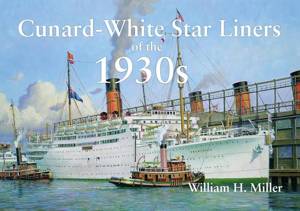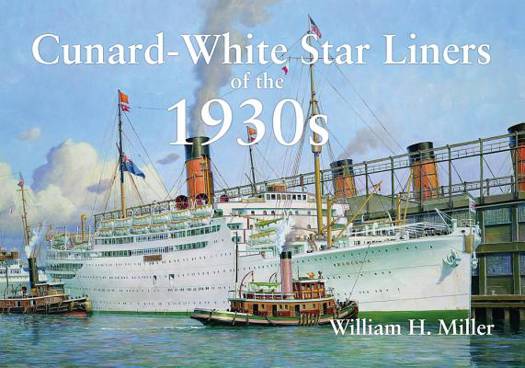
- Afhalen na 1 uur in een winkel met voorraad
- Gratis thuislevering in België vanaf € 30
- Ruim aanbod met 7 miljoen producten
- Afhalen na 1 uur in een winkel met voorraad
- Gratis thuislevering in België vanaf € 30
- Ruim aanbod met 7 miljoen producten
Zoeken
Omschrijving
The early 1930s could not have been worse for shipping. With the coming of the Depression, the North Atlantic had grown very short of its most precious commodity: passengers. Ships began to sail half-full, and sometimes even emptier, and future prospects were bleak. Both Cunard and its nearest rival, the White Star Line, were hard hit, with too many ships against far too few occupied passenger berths. Called upon to assist, the British government authorised a loan of £9.5 million, on condition that Cunard and White Star merge. Cunard-White Star Line formed on 1 January 1934 and lasted until 1949. Cunard's fifteen liners were joined by a further ten from White Star and these twenty-five ships included such legendary names as the Mauretania, Aquitania, Olympic, Majestic, Queen Mary and Queen Elizabeth. In this book, William H. Miller offers a nostalgic review of the ships of the Cunard-White Star Line in Cunard's 175th anniversary year.
Specificaties
Betrokkenen
- Auteur(s):
- Uitgeverij:
Inhoud
- Aantal bladzijden:
- 128
- Taal:
- Engels
Eigenschappen
- Productcode (EAN):
- 9781445649689
- Verschijningsdatum:
- 15/11/2015
- Uitvoering:
- Paperback
- Formaat:
- Trade paperback (VS)
- Afmetingen:
- 244 mm x 168 mm
- Gewicht:
- 680 g

Alleen bij Standaard Boekhandel
+ 55 punten op je klantenkaart van Standaard Boekhandel
Beoordelingen
We publiceren alleen reviews die voldoen aan de voorwaarden voor reviews. Bekijk onze voorwaarden voor reviews.











